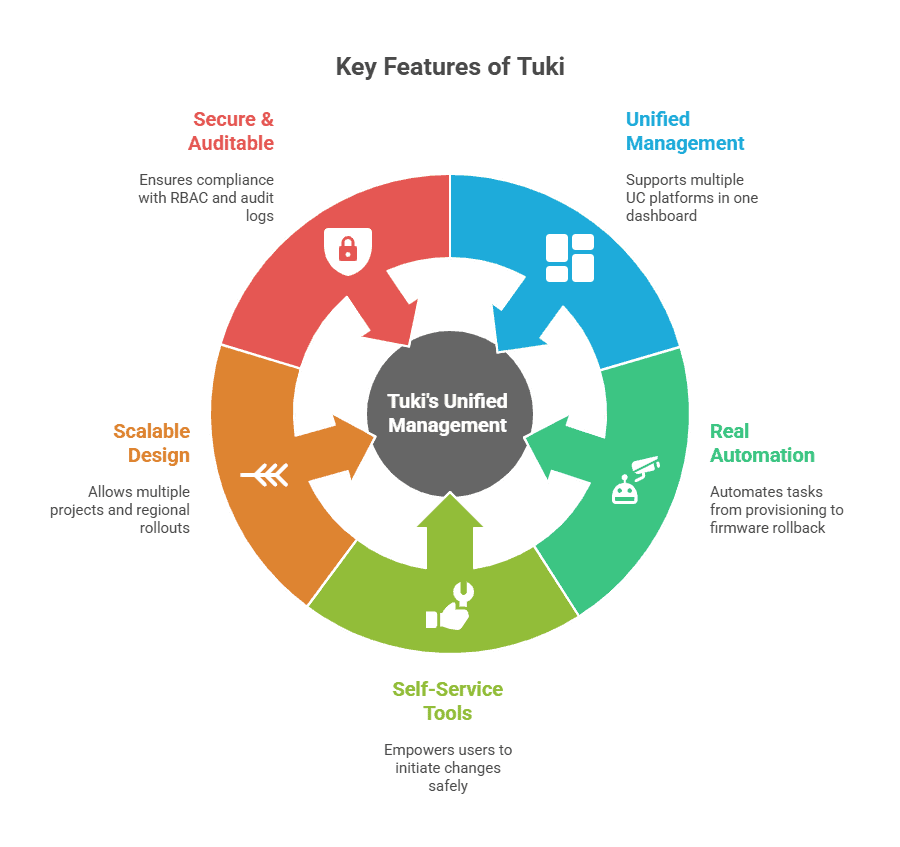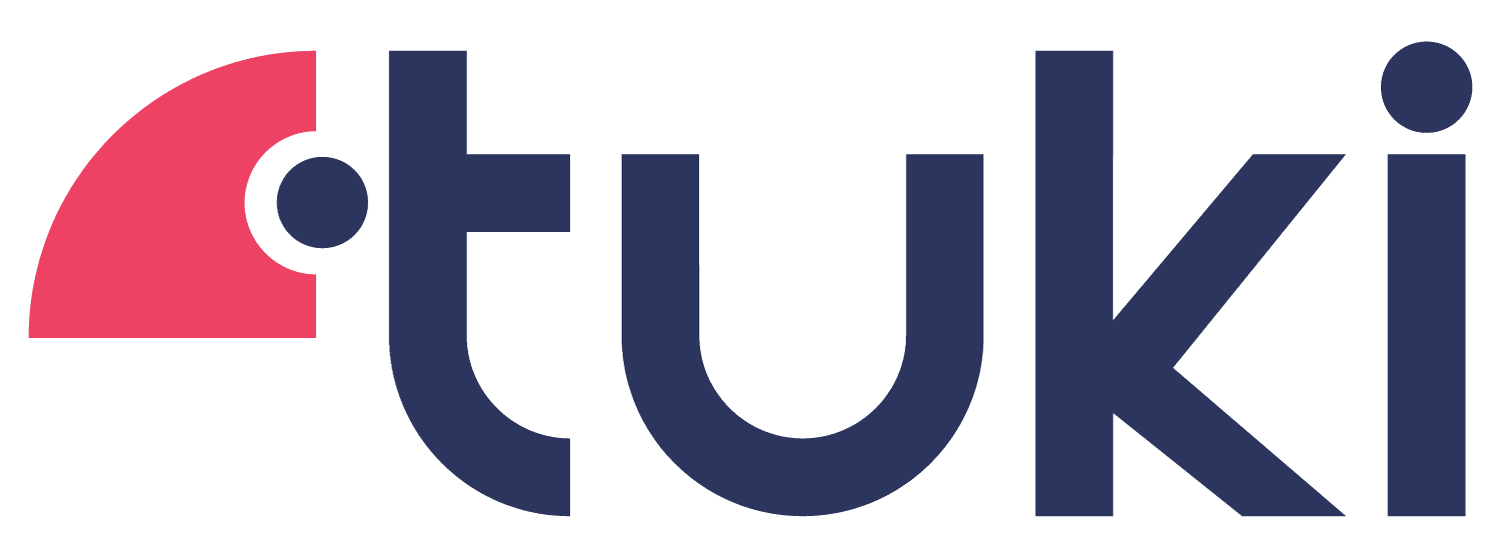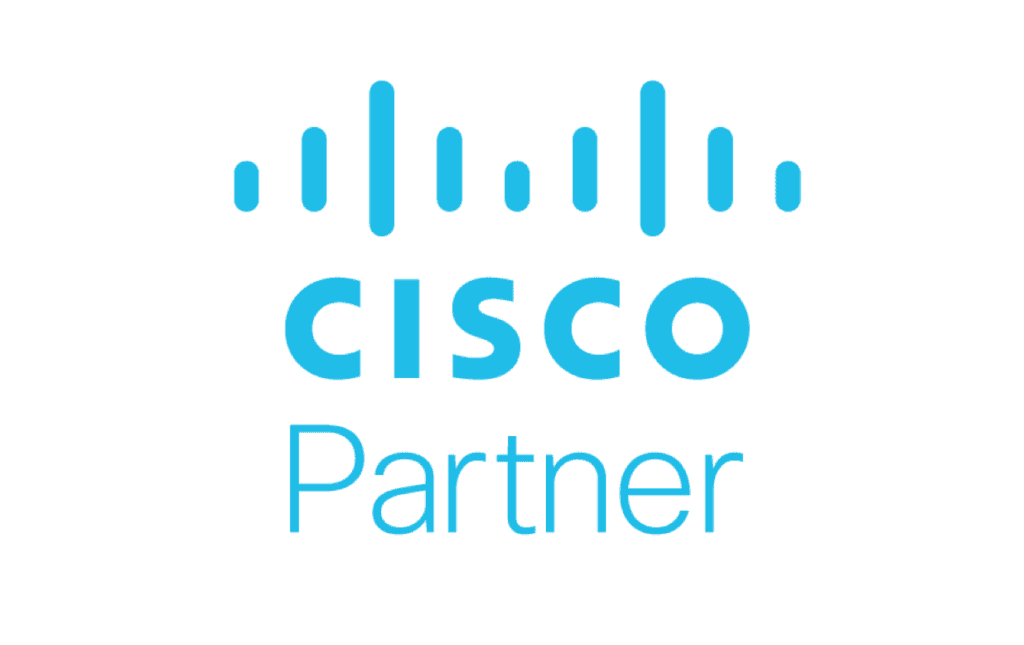Managing multiple UC platforms doesn’t have to be messy. Discover what to look for in a UC management system that handles hybrid, multi-vendor environments with clarity and control. Learn how to bring automation, visibility, and governance under one unified platform.
Top Challenges of a Multi-Vendor Workplace
In today’s distributed enterprise landscape, IT leaders often manage communication systems from multiple vendors: Cisco, Microsoft, Zoom, RingCentral, and others. These multi-vendor environments may evolve from acquisitions, regional strategies, or differing departmental needs.
However, supporting such fragmented UC stacks introduces complexity:
- Tool sprawl: Different provisioning tools, admin interfaces, and policies create silos.
- Manual effort: Each vendor may require separate provisioning, licensing, and monitoring.
- Lack of visibility: There’s no unified view of performance, usage, or provisioning status.
- Security risk: Inconsistent access control and user management can lead to vulnerabilities.
- User experience fragmentation: End users face inconsistent experiences across platforms.
IT leaders are tasked not just with keeping these systems operational, but with optimizing and standardizing them without losing flexibility. That’s where a unified UC management platform comes into play.
Evaluation Criteria for Selecting a UC Platform
When considering a UC management platform for multi-vendor environments, these are the must-have capabilities to guide your evaluation:
1. Multi-Vendor & Hybrid UC Support
A truly effective UC management system should support:
- Cisco (CUCM, Webex Calling MT & DI)
- Microsoft Teams
- Other cloud telephony vendors
Bonus: Native support for hybrid environments, allowing you to manage on-prem and cloud systems simultaneously.
2. Unified Provisioning & User Lifecycle Management
Centralized provisioning across all platforms is essential. Look for:
- Role-based templates
- Bulk onboarding/offboarding
- Pre-configured workflows
- Support for number management, voicemail, device configs
Provisioning should follow identity management policies (e.g., Active Directory or Azure AD integrations) and offer real-time synchronization.
3. Automation at the Core
Manual tasks are error-prone and slow. Ensure the platform automates:
- Provisioning and de-provisioning
- Dial plan management
- Moves/Adds/Changes
- Voicemail and call routing setup
- License assignments and validations
Advanced systems also allow for self-service portals to decentralize user requests while maintaining IT oversight.
4. Centralized Monitoring & Visibility
Look for real-time dashboards that give your IT team complete oversight into:
- User provisioning status
- Call quality metrics
- Integration health
- License usage
The platform should generate detailed reports and logs to ensure compliance and auditing readiness.
5. Security & Governance
Your UC management platform must support:
- RBAC (Role-Based Access Control)
- Integration with IdPs (Okta, Azure AD, etc.)
- Audit logs for every change
- Secure API access
These controls ensure your system aligns with security policies across your global footprint.
6. Scalability and Flexibility
Whether managing 500 or 50,000 users, the platform should scale:
- Handle parallel migrations and provisioning jobs
- Adapt to different regions, business units, or compliance needs
- Enable per-region or per-platform policy customizations
7. Migration + Management in One Platform
Some UC platforms offer migration tooling, others only management. But few unify both. If your company is planning or actively migrating UC systems to the cloud, you want a system that supports:
- Hybrid provisioning during migration
- Automated cutovers
- Rollbacks and firmware upgrades
- Dependency analysis to prevent errors
Why Tuki Leads in Multi-Vendor UC Management
Tuki is built for complexity. Our platform was designed to streamline UC operations across multiple vendors, cloud types, and global teams, with automation and simplicity at the core.
Here’s what sets Tuki apart:

Whether you’re migrating, modernizing, or consolidating your UC stack, Tuki gives you the control and flexibility needed to thrive in a multi-vendor world.
FAQs
What’s the best UC platform for hybrid environments?
The ideal platform will support both cloud (e.g., Webex Calling, Microsoft Teams) and on-premises systems (e.g., CUCM) simultaneously. Look for tools that enable hybrid management and staged cloud migrations.
Can one portal manage multiple UC vendors?
Yes. Leading UC management systems consolidate provisioning, monitoring, and reporting across Cisco, Microsoft, and others, offering a single-pane-of-glass experience.
Why migrate to an all-in-one platform for unified communications?
An all-in-one UC management system eliminates silos, reduces costs, and improves IT agility. With centralized visibility, automation, and governance, enterprises can scale communication systems with fewer manual errors and greater control.











